🌐 Technological Trends to Consider this 2018, Do not be left behind this year! 🌊

Every year the technological advances surprise us with their innovations, and I do not speak only of material innovations (physical, to put it in some way) but of the innovations in the virtual world. I speak about Progressive Web Apps (PWA), Blockchain, OpenStack, Artificial Intelligence, among others. Do not let technological innovations surprise you next year, do not fall behind and you surprise them..

Progressive Web Applications (PWA)
The PWA are the result of the perfect union between web pages and mobile applications, grasping the best of both worlds to create the perfect application. This year it is very likely that the PWA take control over the applications for mobile and non-responsive web, after all Who would like to enter a website that does not match the specifications of your phone ?.
Common websites have many shortcomings. The applications, although they offer a more personal and direct commitment than the websites, generate a great demand of resources, including the need to download them first. PWA offers the best of both worlds. It offers an experience similar to what applications are to users while being accessible in browsers, insertable in search engines and receptive to adapt to any form factor. Like an application, PWA is updated to always show the latest information in real time and, like a website, is delivered in an ultra secure HTTPS model. It is accessible to anyone who writes the URL, without having to install anything.
The PWA are perfectly adapted to the needs of today's mobile users, who value comfort and functionality above everything else. The fact that this technology is going to shoot in popularity is obvious.
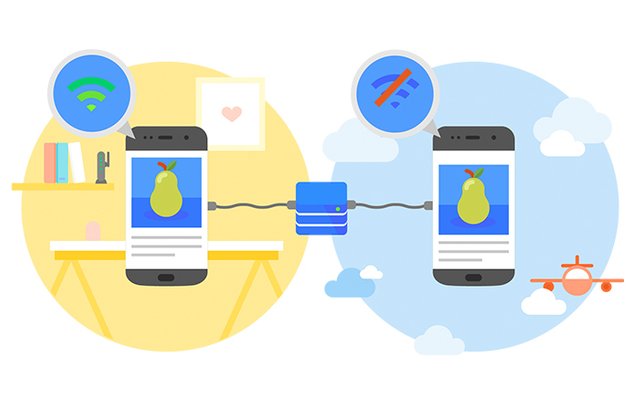
Containers gain even more acceptance
Container technology is the approach to package pieces of code in a standardized way so that they can be "connected and executed" quickly in any environment. Container technology allows companies to reduce costs and implementation times. While the potential of containers to revolutionize their infrastructure has been evident for some time, the actual use of containers has remained complex.
Container technology is still evolving, and the complexities associated with technology diminish with each advance. The latest developments make containers very intuitive and easy to use, not to mention current needs, where speed and agility can make or break a business.
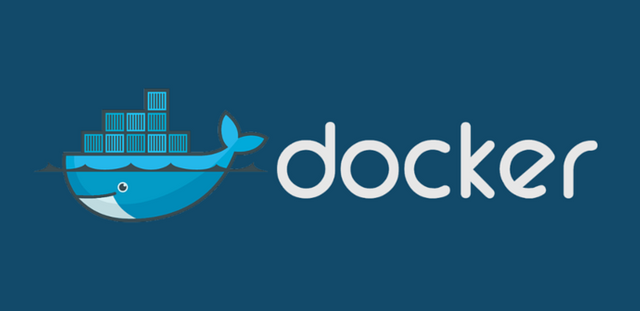
Docker(www.docker.com)
OpenStack is scaling levels
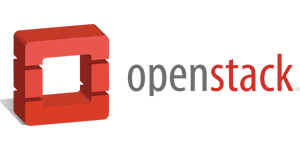
OpenStack offers administrators the ability to provision and control large computing, storage and network resources through an intuitive and easy-to-use control panel.
Many companies are using the OpenStack platform to build and manage cloud computing systems. Its popularity is based on its flexible ecosystem, transparency and speed. It supports mission critical applications with ease and lower costs compared to alternatives. But the complex structure of OpenStack and its dependence on virtualization, servers and extensive network resources have inhibited its adoption by a wider range of companies. Using OpenStack also requires well-oiled machinery from qualified personnel and resources.
We call critical mission application those applications that have a very important impact on the operation of an organization or business and whose failure would bring terrible effects.
The OpenStack Organization is working overtime to fill the gaps it has. Several innovations, whether launched, would solve many of their underlying challenges. As the complexities diminish, OpenStack will increase its acceptance. The fact that OpenStack already has the backing of many large software development and hosting companies, in addition to thousands of individual members, makes it the future of cloud computing.
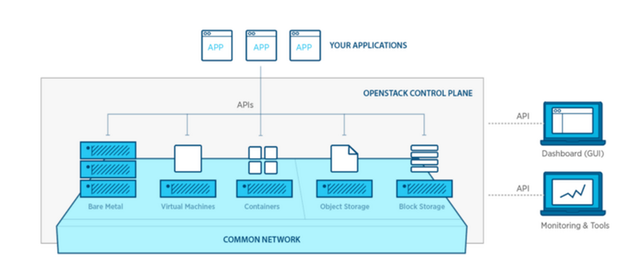
The development of artificial intelligence expands
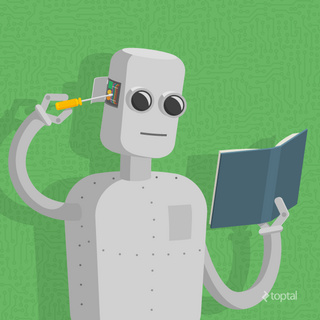
Machine learning and artificial intelligence come together to give machines the ability to learn and improve from experience without a programmer explicitly coding the instruction.
These technologies are already firm, with several open source technologies that take advantage of them for avant-garde services and applications.
Numerous new areas, such as data preparation, selection of algorithms, selection of training methodology, integration and creation of models, are configured for major improvements through the infusion of machine learning.
- Conversational platforms, such as chatbots, make the experience of questions and commands, where a user asks a question and the platform responds, the default means to interact with the machines.
- It is expected that autonomous drones and vehicles, today's luxury trends, will become commonplace for this year.
- The reach of virtual and augmented reality will expand beyond videogames and will be applied to real-life scenarios, such as design, training and visualization processes.
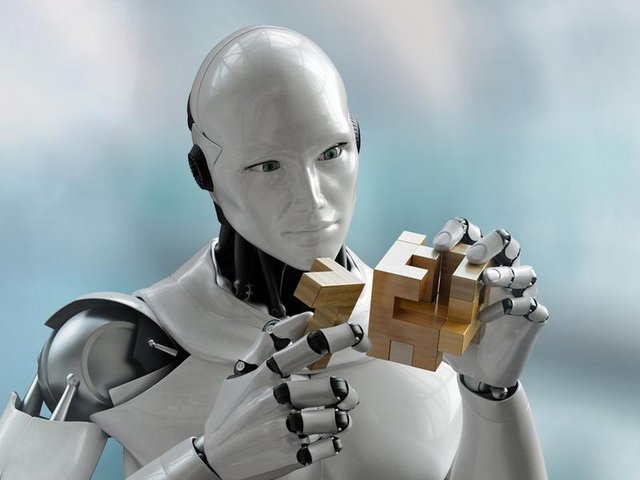
The Cognitive Cloud takes a step into the center of the stage
Cognitive technologies, such as machine learning and artificial intelligence, are increasingly used to reduce complexity and personalize experiences in multiple sectors. An example of this are applications of gamification in the financial sector, which offer investors critical investment perspectives and reduce the complexities of investment models. The digital trust platforms reduce the identity verification process of financial institutions by approximately 80%, improving compliance and reducing the possibilities of fraud.
These cognitive technologies are now moving towards the cloud, making it even more powerful. IBM Watson is the best-known example of the cognitive cloud in action. The IBM UIMA architecture was made open source and is maintained by the Apache Software Foundation. The DARPA DeepDive project reflects Watson's machine learning skills to improve decision-making capabilities over time by learning from human interactions. OpenCog, another open source platform, allows developers and data scientists to develop applications and artificial intelligence programs.
Considering the great importance of providing powerful and personalized experiences, these cognitive platforms in the cloud will become the focus of attention this year.
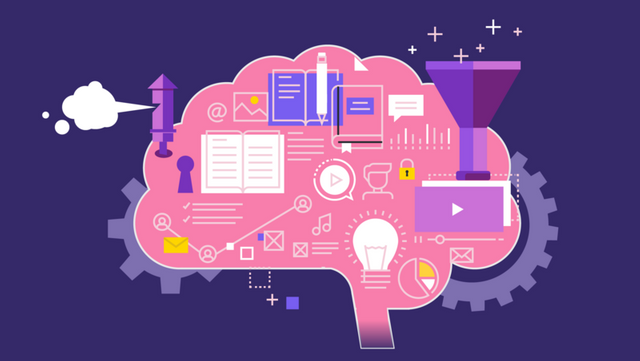
The Internet of Things connects more and more things
In essence, the Internet of Things (IoT) is the interconnection of devices through integrated sensors or other computing devices that allow devices (the "things") to send and receive data. IoT is already predicted as the next great disruptor of the technological space, but the IoT itself is in a continuous state of flux.
One innovation that is likely to achieve wide acceptance within the IoT space is the Autonomous Decentralized Peer-to-Peer Telemetry (ADEPT), driven by IBM and Samsung. It uses a blockchain technology to deliver a decentralized network of IoT devices. The freedom of a central control system facilitates autonomous communications between "things" to manage software updates, resolve errors, manage power and more.
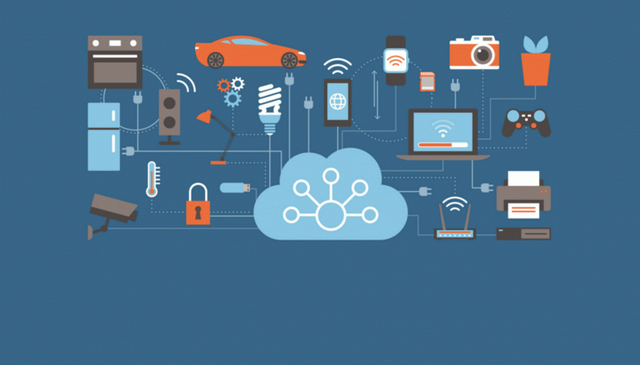
Blockchain playing a leading role this year
Blockchain has come a long way from Bitcoin. Technology is already widely used in finance, secure voting, authentication of academic credentials and more. In this year, health, manufacturing, supply chain logistics and government services are among the sectors most likely to adopt blockchain technology.
Blockchain distributes digital information. The information resides in millions of nodes, in shared databases. The fact that it is not controlled by a single authority and does not have a single point of failure makes it very robust, transparent and incorruptible. It also resolves the threat of an intermediary that manipulates the data. Such strengths explain the growing popularity of the blockchain and explain why it is likely to emerge as a conventional technology in the immediate future.

Open source technology boosts innovation
Digital disruption is the norm in today's technology-centric era. Within the space of technology, open source is now dominant, and by 2018, it will be the driving force behind most technological innovations.

What open source technologies would you add? Which of these motivates you to investigate more about it?
Always a pleasure, @michaelizer.

I had been doing progressive web apps (PWA) for months, and this technology really shines because what mobile used to have are now offered on the web.
I do believe PWA will grow and slowly adapt because now Safari and Edge are starting to implement Service Worker which is the core of PWA.
For those who are interested in PWA, I am working on a Progressive Web App Blogs.
Do check out my blogs series at https://pwa.wenghan.me or my older blog post about PWA in my steemit.
That's awesome and thanks for sharing it. PWA are the future, keep it up.
There's so much technology to keep up with. How can we keep track of all the shortcomings as well accomplishments?
Choose the one you like most, or those related (if there is any) and do your best. You are already on blockchain so..
Thanks for keeping us informed. I want to learn more about open stack.
I'll go deeper on it then, and give a detailed analysis.✍
Great^^
Good news. You are included in #tkc curator post promotion @khaleelkazi. Please check #tkc discord.
Thank you very much @mineopoly for the opportunity.
I'm especially interested to see how third generation blockchains will play out. The junction between energy/internet of things and blockchain will be a crucial one! Decentralised data is another big one. Unlimited space in the cloud soon? Very neat contribution.
This year we will probably experiment some drastic changes in the way internet is working. As you said, decentralization of everything plus blockchain is getting more and more people into this amazing world. The internet community is growing strong every day and there is nothing any government or institution can do. The new era of an economy through cryptocurrency is here.
Exelent Post Bro :)
Gracias bro 🍻
Great stuff, Michael. Certainly seems like AI & virtual/augmented reality are poised for a huge year.
Seems like that!, hope by the end of the year we'll be having amazing advanced AI integrated gadgets.
it really is amazing how much the world has evolved, and we all just know that it will keep on doing just that. I was reading something before that was talking about AI. And how our technology has evolved exponentially since caveman days. Like how the technology growth from 150 years ago compared to 50 years ago, is almost the same amount the world has grown over the last 25 years. or something like that. haha. Anyway, point is, things our ancestors could only dream about are becoming reality in this day and age.
Imagine the world in 30-50 years from now, How long are we going to live? How fast and far will transports take us? Is this the AI era?